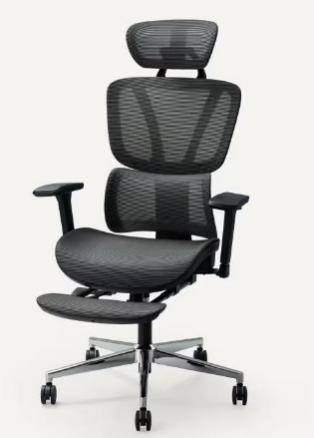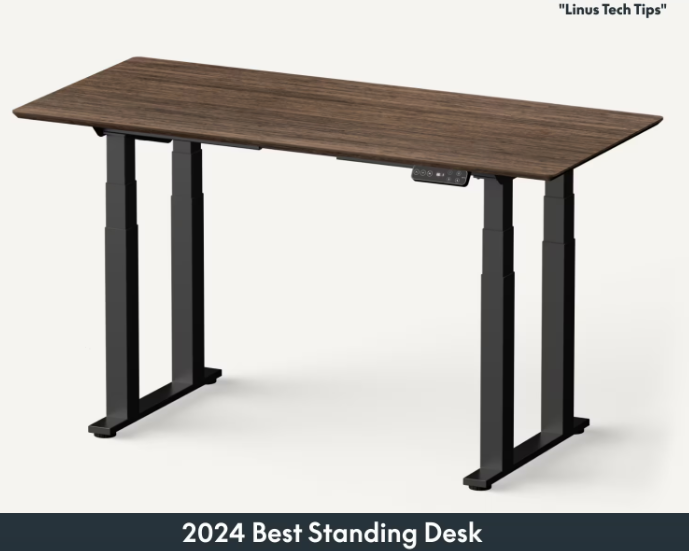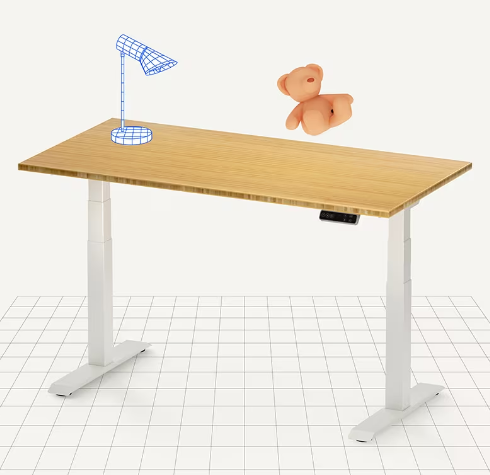Concerning the design of employee workspaces, nearly every organization can derive advantages by incorporating occupational ergonomics. Ergonomics is a scientific method concerning the arrangement of work environments, including offices, which considers the needs and demands of the personnel. One strategy for incorporating ergonomics into the workplace is to organize your specific work environment, which may consist of your desk, chair, and technology, by workstation ergonomics. The concept of workstation ergonomics and some recommendations for improving one’s own are discussed in this article.
Recommendations for Improving Your Work Ergonomics
Modify Your Chair
A considerable proportion of individuals employed in office settings dedicate a substantial portion of their daily functioning to being seated in their desk seats. An individual who maintains an improper sitting posture or fails to get adequate rest may be susceptible to developing fatigue or neck or back injuries. Adapting your office chair to optimize its functionality and ensure consistent comfort for the duration of the workday is an excellent strategy for addressing the challenges you are encountering. For example, suppose you often find yourself positioned at the periphery of your workstation and stooping over your desk. In that case, consider modifying the backrest of your best ergonomic office chair to enable you to recline back and obtain back support while performing your tasks.

Consider the Space Beneath Your Workstation
The quantity of available space beneath a desk may influence the degree of comfort an individual can experience while seated at that workstation. Employees commonly endure extended periods each day seated at a workstation. For example, should a desk be situated at a modest height relative to the ground, a tall employee may encounter difficulty completely extending their legs beneath the desk, potentially influencing their sitting posture. To optimize the utilization of the space beneath your desk through workstation ergonomics, it is crucial to contemplate particulars such as the available space for movement and stretching beneath the desk, as well as the accessibility of the floor for your feet. Make the necessary modifications to your to ensure that it meets your specific needs.
Check the Height of Your Computer
It is customary for employees whose occupations require them to use computers to devote a substantial portion of their daily time to observing a computer screen. Neck injuries may result from a computer display that is excessively low or high, necessitating employees to perform stretching exercises to ensure a clear visual experience. A strategy for resolving this challenge concerning the ergonomics of one’s workstation is to consider the height of the computer display and make necessary adjustments if it is perceived as being excessively high or low. Given that numerous laptops are engineered to be compact and rest comfortably on a surface, this modification could potentially yield advantages for personnel who rely on laptops as well. By employing a laptop stand that elevates their laptops to the appropriate height, these employees possess the capability to adjust the monitor height to correspond with their requirements.
Utilize Either a Headset for Calls
Employees of a variety of office-based occupations are frequently obligated to utilize the telephone to communicate with clients, colleagues, and other business associates. A frequent user of cellular devices by employees may lead to potential strain on their hand, forearm, or neck due to prolonged periods of holding the device to their ear. In this situation, the ergonomics of the workstation could be advantageous by considering alternative methods of conducting phone interactions that prevent employees from straining their necks and resting their hands. An alternative that could be considered is the utilization of a hands-free headset, which facilitates communication via an earphone and microphone, obviating the necessity to hold a phone in one’s hand perpetually. This feature enables the maintenance of call confidentiality while concurrently facilitating conversation.
Conclusion
To ensure proper work ergonomics, it is essential that you adjust your chair, consider the space under your workstation table, check the height of your computer, and use a headset when making calls. By following these, you will refrain from neck and back pain and get to perform your task well.
![Инстаграм Блог - Исправьте свои проблемы [Советы и рекомендации]](https://wikigeneral.net/wp-content/uploads/2023/05/cropped-Инстаграм-Блог-Исправьте-свои-проблемы-Советы-и-рекомендации.webp)





